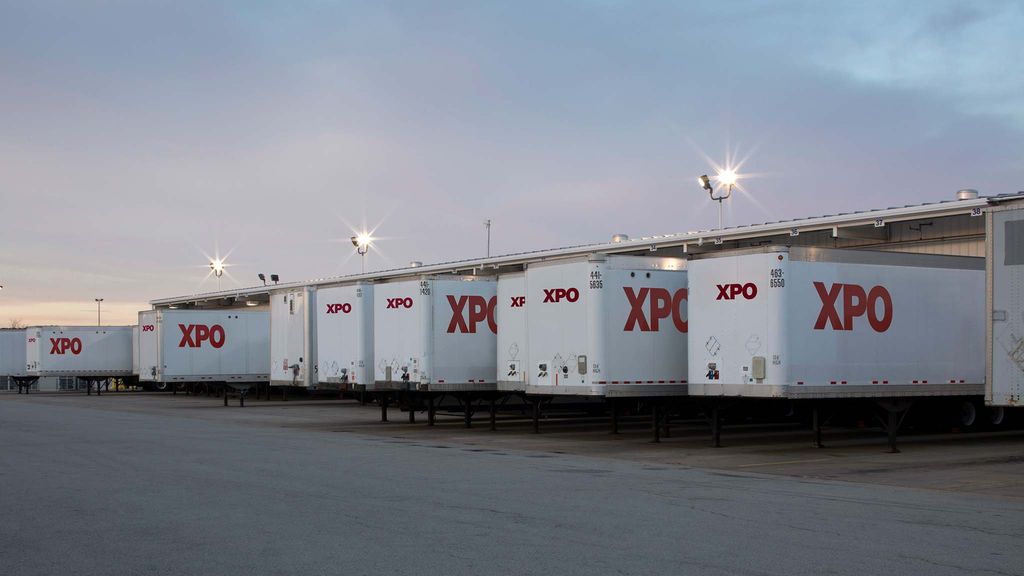LTL Invoice Accuracy Starts with Your BOL
How much time do you spend preparing bills of lading (BOLs) for your less-than-truckload freight? Do you create a new BOL for each shipment? Or, maybe you replicate them for commodities you ship frequently. Some LTL carriers, like XPO, give you the option of creating online BOL templates, which is a big time-saver.
"The bill of lading is the single most important document for any LTL shipment."
It’s understandable why busy shippers often create BOLs of the fly, But, it’s important to hit “pause” and make sure your BOLs are completed accurately. If you don’t, any efficiencies you gain while running your operations could be lost at the shipping stage with inaccurate LTL invoices.
Get the latest news and updates on XPO
Don’t underestimate the bill of lading. A complete BOL increases invoice accuracy.
The BOL isn’t just a detailed list of shipping data. That undersells its purpose and importance. Accurate BOL details translate into an invoice that properly reflects the service provided based on your carrier pricing agreement.
A typical BOL has three main sections; it’s important to complete each one:
- Section 1 is for shipper and consignee information. Inaccurate details will result in a delayed or incorrect invoice.
- Ensure addresses are accurate and include a telephone number for all parties.
- Mark whether the shipment is pre-paid, collect or a third-party bill. Be sure to add the shipment debtor (the bill-to name and address) so that the carrier can charge the correct account.
- For cross-border shipments between the US, Canada and Mexico, the customer broker information is required.
- Section 2 is for the shipment details used to calculate the charges. The carrier will invoice you based on the actual shipment details. Estimated or incomplete details will be overridden and may result in an invoiced amount that differs from your quote.
- Indicate if the shipment is pre-paid or collect.
- Include shipment dimensions, weight and number of units. Always state actual data, never estimate it.
- Provide the correct freight class code according to NMFC rules.
- If the shipment contains hazardous materials, check the hazmat box. Be sure add emergency contact information in the event of a spill.
- Indicate any special services needed, such as liftgate or guaranteed delivery service.
- Include a specific description of the product. For example:

- Section 3 is where you specify special terms. For example:
- If you have a COD shipment, you’ll need to enter the amount and remittance details.
- If you need excess liability coverage, be sure to specify the declared value.
- Sign the form and list the name of the carrier.
A note about LTL rate quotes.
Remember that rate quotes are estimates for freight charges based on the information you provide at the time of quoting. Here are three common reasons why an LTL invoice may not match the quoted rate:
1. Actual shipment details differ from what was quoted. For example, an invoice for an actual shipment of three pallets with a total weight of 2,900 pounds will not match a quoted rate for three pallets weighing 2,500 pounds.
2. If, during inspection, the carrier identifies a discrepancy between the NMFC or class stated on the BOL, the shipment will be re-rated based on the correct class.
3. If you did not specify special services on the quote, but services are needed, the cost will be added to the invoice; for example, if liftgate service was added on delivery because the consignee did not have a dock.
As with the BOL, be sure to include all shipment details and special services when requesting a rate quote. Your ability to get an accurate quote that matches your invoice will depend on whether you input the proper information, and on the actual shipment tendered.
For additional information, tips and best practices for creating bills of lading, visit XPO’s LTL Help Center or schedule a BOL and shipment review with an XPO sales professional or local XPO operations team. You can also learn more here.
Further Reading


